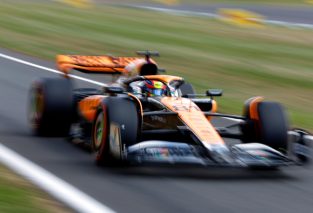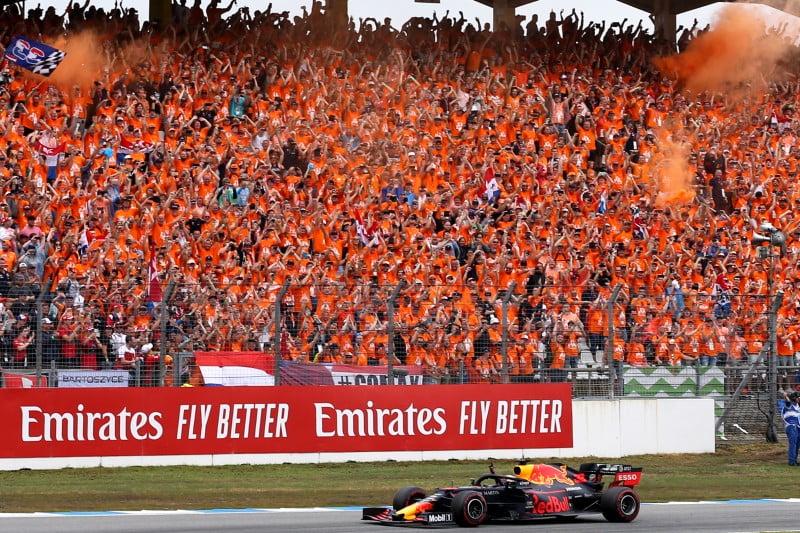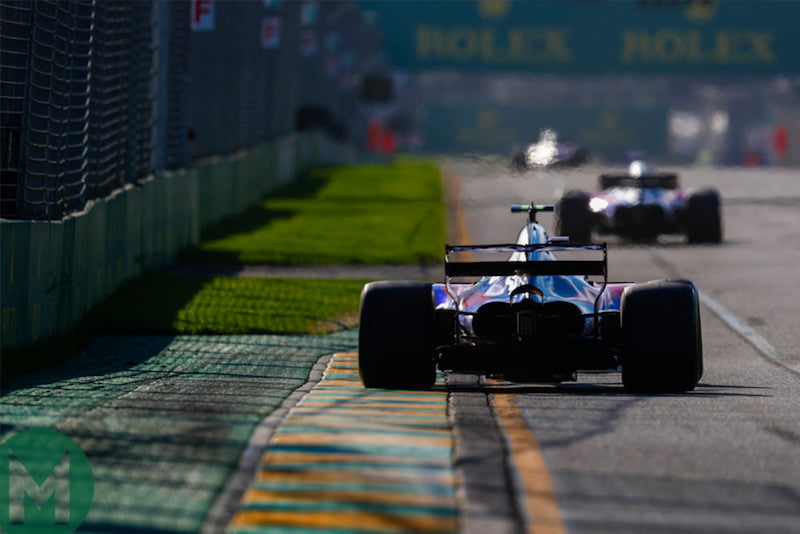Formula 1 has long been a sport of the haves and the have nots. The build-up to the unusual 2020 Formula 1 season is proving to be yet another example.
Mercedes hosted a private test at Silverstone with a two year old car – all within the rules. The team organised this test to help drivers shake-off the ‘rust’ and have other team members get into ‘Grand Prix’ rhythm and sync. It’s an understandable step given that for anyone working on or inside a Formula 1 car, this has been the longest they’ve been away from ‘work’. And of course, they also tested Formula 1’s COVID-19 protocols during the test.
Formula 1’s official website has reported that Ferrari and Renault are preparing for private test sessions, too. On the other hand, Red Bull Racing has confirmed that they won’t be able test before the first race in Austria while Mclaren’s testing plans have been blocked thanks to Renault’s pettiness of not giving them an engine! For some of the teams, travel restrictions (factory in one country, power unit in another!) could be one of the reasons for being unable to host a test. But another key reason that’s probably not been discussed publicly is the cost of power units for the private tests. (Read: Mclaren-Mercedes, But No Red Bull-Mercedes)
View this post on Instagram
Extra Cost Of ‘Renting’ Power Units For Private Tests
Typically, a customer supply contract would cover for power units being made available for all competitive sessions including the official pre-season tests. However, any usage of the power unit outside of ‘official’ requirements is charged extra. The official supply agreement would extend towards two ‘filming days’ that are permitted within the regulations – which is what Racing Point is using this week. However, all other uses of the power unit would be over and above the agreement and be charged as extras. This would usually include private tests, road shows and so on. I experienced this during my 100+ race stint with the Force India Formula 1 Team – when we planned on hosting a road show in Mumbai for Indian Formula 1 fans.
Watch this Pits To Podium video to understand how customer teams are at a disadvantage when it comes to ‘private testing’.
In light of this, one wonders if private teams are unable to test due to this extra cost of ‘renting’ power units. Yes, one can argue that a team might be able to afford this extra cost given that their initial budget to race in 2020 was for 22 races and its almost guaranteed that we will have a shorter season this year. However, the pandemic has impacted earnings (from Formula 1 and via sponsorships) for each team and this would’ve resulted in a direct impact on the team’s annual budget, too. Also, it must be remembered that a private test (as opposed to a race) is an expense without any revenue opportunity whatsoever.
A Possible Solution
This is probably why ‘privateer’ team drivers are using alternate means to sharpen their skills as the start of the season nears. Kevin Magnussen has been karting while Lando Norris drove a Formula 3 car at a private test last week. In fact, it wouldn’t be surprising if Norris footed the bill for his private test or if Carlin did him a favour by offering the test in the first place. But I would be highly surprised if Mclaren paid for that test. The economics behind a ‘private test’ are important to understand. (Read: F1’s New Obsession: Lando Norris & Twitch)
Should Formula 1 announce an extra half or full day of testing before the 2020 Austrian Grand Prix? Or could it offer extra hours + tyres on the Friday of the first race? The reasons for the test would be purely on safety grounds. And of course, it reduces the gap between the haves and have nots!















